My fascination with minerals and crystals began when I was intrigued by the glimmers and shimmers of sparkling quartz speckles on mundane granite rocks in my home garden at the age of eight in the early 1980s.
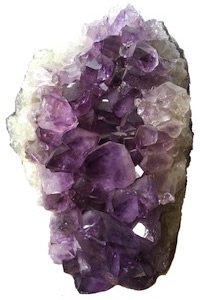
I had initially thought that they were diamonds lodged in rocks and had attempted to dig them out with pointy implements, with much futility I might add. You see, before all this, I was even more in love with diamonds, and had with me some artificial “diamonds” made out of cut glass which I used to carry around.
Apparently, whoever said that thing about glitter and gold could very well have mentioned diamond as well!
A couple of years after, I came to realise what quartz crystals were, and hence began my foray into the appreciation of crystals (and minerals eventually) that continues to this day, over thirty years on. Today, I will be presenting my Crystal and Mineral Collection, including other items of relevant interest.
The Early Years
The first crystal which found its way into my possession was, not surprisingly, a quartz crystal. I had personally found this rather small clear twin-point quartz crystal lodged in some laterite soil off the hills in Taman Tun Dr Ismail, Kuala Lumpur, in 1990.
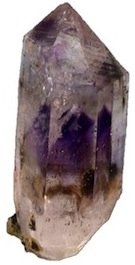
I was then a student in early secondary school, and the extent of joy in this hobby was limited to just viewing of such crystals at shops and in books. Limited funds and a small pocket allowance made it impossible to establish a collection. Mining and collecting them by hand was just equally challenging – even common quartz crystals were hard to come by where I used to live. The twin-point quartz mentioned earlier was indeed a lucky find.
“Brandberg Amethysts, as their name suggests, are found in only one part of the world – near Brandberg Mountain in Namibia. They rarely exceed 50 mm in length. I am lucky to own this very fine specimen of 65 mm x 25 mm x 20 mm (above). With a clear point, strong amethyst purple, smoky wisps and phantoms, tiny red Lepidochrosite inclusions and some matrix on its base, this crystal also consists of a moving enhydro bubble – the water trapped within the crystal is likely to be thousands of years old…”
– Devon Buy
Acquired on 17 June 2009
Establishing a Collection
Minerals today are usually classified based on the Strunz classification (10 groups), or the newer Dana system (78 classes).
For this article, my collection will be presented based on the older Dana classification (9 classes) as follows:
- I. Native Elements
- II. Sulphides and Sulphosalts
- III. Oxides and Hydroxides
- IV. Halides
- V. Carbonates, Nitrates and Borates
- VI. Sulphates, Chromates, Tungstates and Molybdates
- VII. Phosphates, Arsenates and Vanadates
- VIII. Silicates
- IX. Organic Minerals
Fast-forward 15 years later, I was earning a decent salary as an engineer, which saw an opportunity to initiate a collection. As expected, I started the collection with the many varieties of quartz crystals. My deep fascination with quartz crystals was not merely geological but also metaphysical.
The collection eventually advanced on to other interesting specimens of crystals and minerals as well, as will be presented below.
At time of writing, my collection holds about 400 samples and specimens, made up of almost 200 different types of chemical make-up and composition.
It would be quite a daunting task to exhibit them all below, and so I will present only the finer specimens from the collection. These are organised by the major chemical groups based on the older Dana classification which splits minerals into the nine groups as given in the inset box at right.
Here are about 120 geological specimens gathered from around the world, which now forms part of The Devon Buy Collection of Fine Minerals and Crystals:
I. Native Elements
While most minerals are composed of a combination of compounds and chemical make-up, about twenty minerals occur naturally in pure form, divided into three sub-groups: metals, semi-metals and non-metals. See if you can identify the metals from the non-metals below.
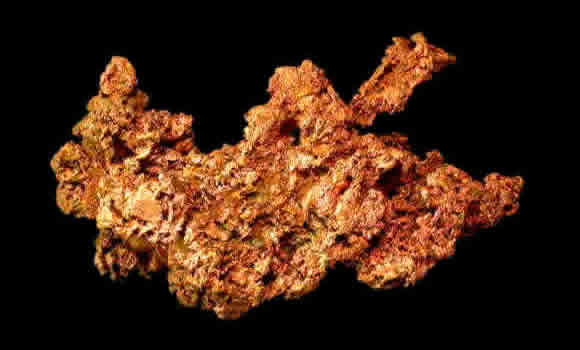 |
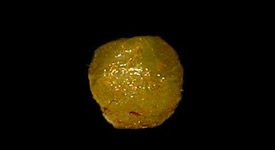 |
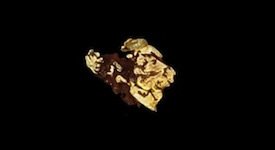 |
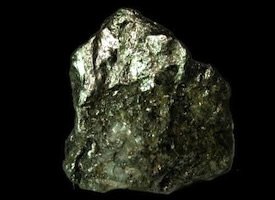 |
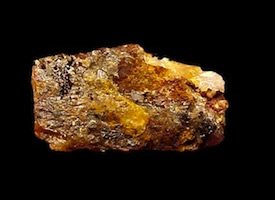 |
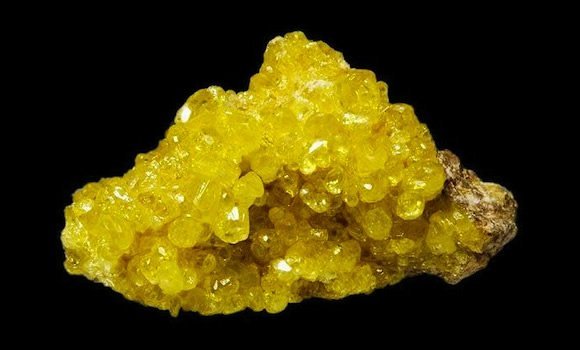 |
II. Sulphides and Sulphosalts
These are made from the element sulphur combined with a metal and include some of the most important metal ores. Generally heavy and brittle, many become oxides as soon as they are exposed to weather.
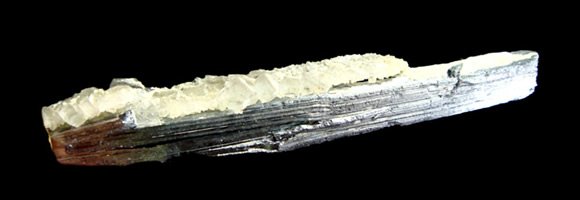 Stibium Sulphide, Sb2S3 |
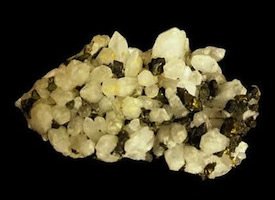 Iron Arsenic Sulphide, FeAsS |
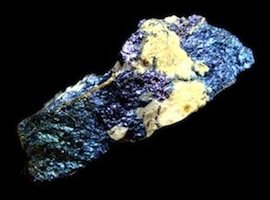 Copper Iron Sulphide, Cu5FeS4 |
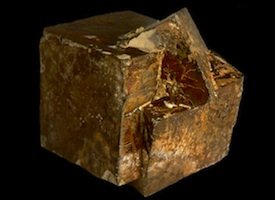 Iron Sulphide, FeS2 |
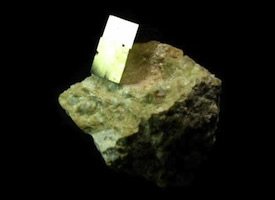 Iron Sulphide, FeS2 |
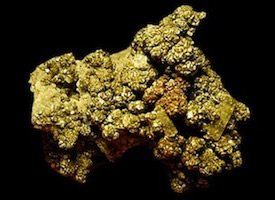 Iron Sulphide, FeS2 |
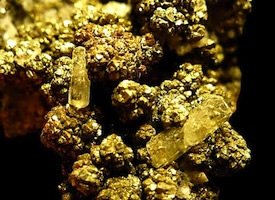 |
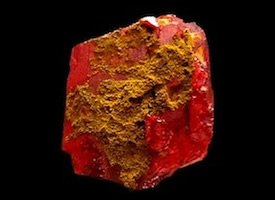 Palomo Mine, Peru Arsenic Sulphide, AsS |
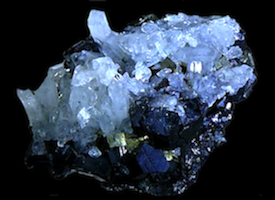 Zinc Sulphide, ZnS |
III. Oxides and Hydroxides
Oxides occur when a metal combines with oxygen, forming various physical attributes ranging from dull Tenorite and Limonite to sparkly gems like Rubies and Sapphires (when polished). Note that I prefer to collect specimens in their raw and natural (unpolished) state, and in my samples of ruby and sapphire below, they occur in the natural state as shown. Limonite is the only Hydroxide here.
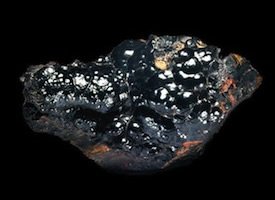 Iron Oxide, Fe2O3 |
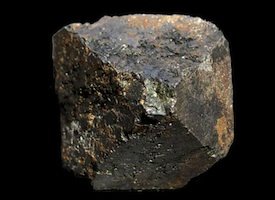 Ferrous-Ferric Oxide, Fe2+Fe3+2O4 |
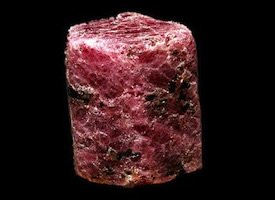 Aluminium Oxide, Al2O3 |
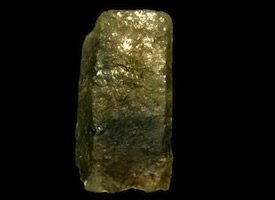 Aluminium Oxide, Al2O3 |
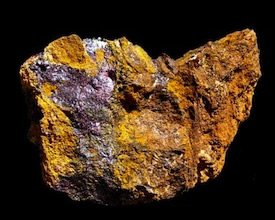 Copper Oxide, Cu2O |
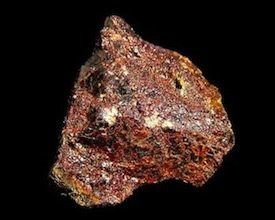 Titanium Dioxide, TiO2 |
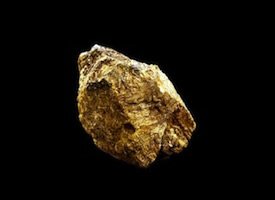 Mineral Oxide, (Na,Ca)2Nb2O6(OH,F) |
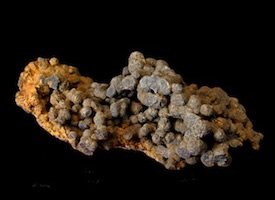 Iron(III) Oxide-Hydroxides, FeO(OH)·nH2O |
IV. Halides
Halides are minerals made up of metals that combine with halogen elements such as chlorine, fluorine, bromine and iodine. They are soft and dissolve easily in water, so extra care needs to be taken to keep them dry and away from moisture. Salts like Halite (first sample below) are hard to maintain in my humid country, and cannot simply be left on the shelf without drying agents or other appropriate dehumidification means.
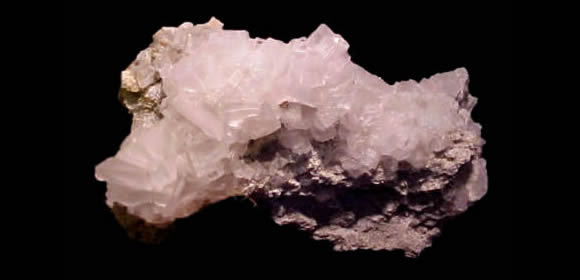 Sodium Chloride, NaCl |
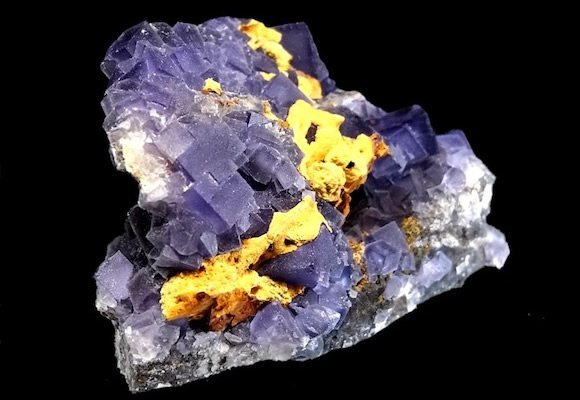 Calcium Fluoride, CaF2 |
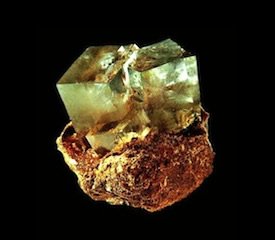 Calcium Fluoride, CaF2 |
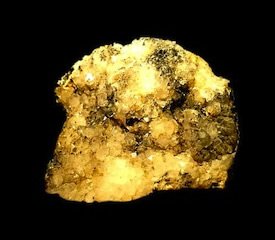 Calcium Fluoride, CaF2 |
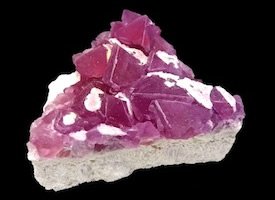 Calcium Fluoride, CaF2 |
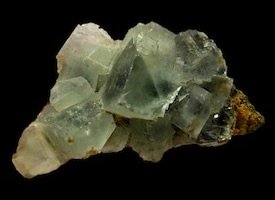 Calcium Fluoride, CaF2 |
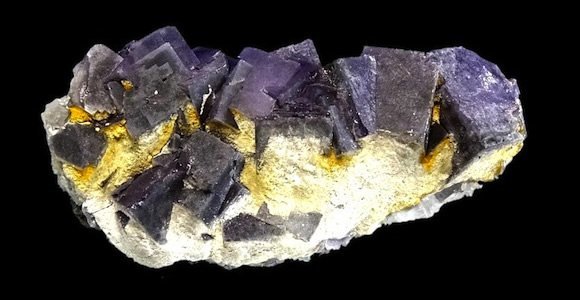 Calcium Fluoride, CaF2 |
V. Carbonates, Nitrates and Borates
Carbonates form when metals combine with a carbonate group (CO3) comprising of carbon and oxygen. Likewise for nitrates (NO3) and borates (BO3) – with nitrogen and boron. Calcite, which is calcium carbonate, is the most abundant under this classification, and gets a section of its own further below.
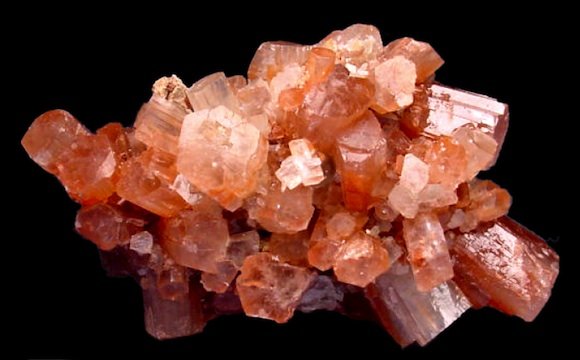 Calcium Carbonate, CaCO3 |
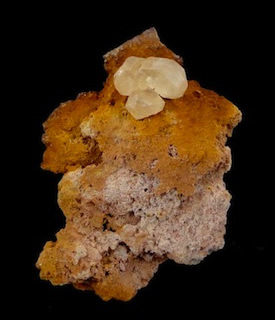 Lead Carbonate, PbCO3 |
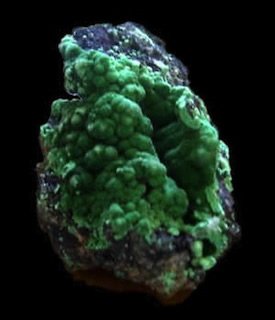 Copper Carbonate, Cu2(CO3)(OH)2 |
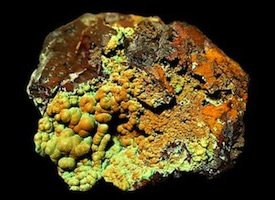 Copper Carbonate, Cu2(CO3)(OH)2 |
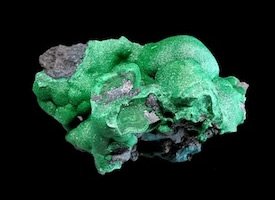 Copper Carbonate, Cu2(CO3)(OH)2 |
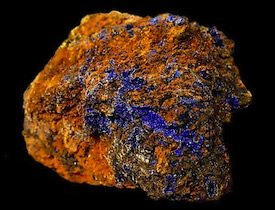 Copper Carbonate, Cu3(CO3)2(OH)2 |
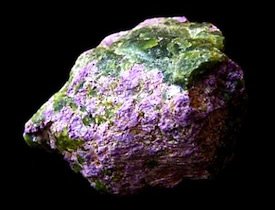 Tasmania, Australia Magnesium Chromium Carbonate, Mg6Cr2(CO3)(OH)16·4H2O |
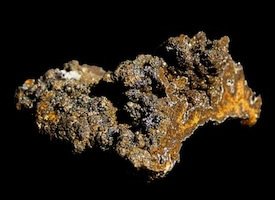 Iron Carbonate, FeCO3 |
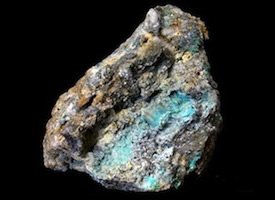 Zinc Copper Carbonate (Zn,Cu)2(CO3)(OH)2 |
 Mapimi, Durango, Mexico Zinc Copper Carbonate (Zn,Cu)2(CO3)(OH)2 |
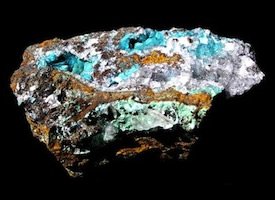 Ojuela Mine, Mexico Zinc Copper Carbonate (Zn,Cu)2(CO3)(OH)2 |
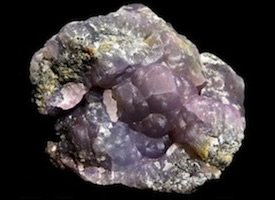 Zinc Carbonate, ZnCO3 |
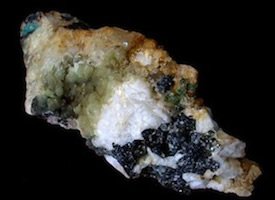 Zinc Carbonate, ZnCO3 |
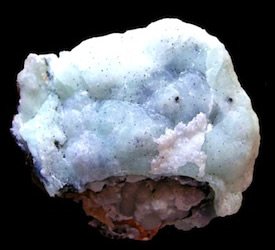 Zinc Carbonate, ZnCO3 |
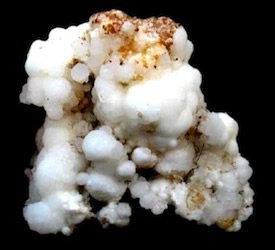 Zinc Carbonate, Zn5(CO3)2(OH)6 |
The Calcite Family
Calcite, like Quartz, forms a sizable part of my collection, and hence deserve a section of its own. Composed chemically of Calcium Carbonate (CaCO3), they belong to the Carbonate group as presented in the section above.
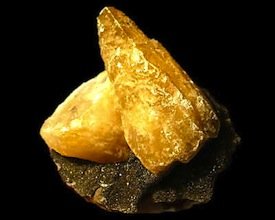 Calcium Carbonate, CaCO3 |
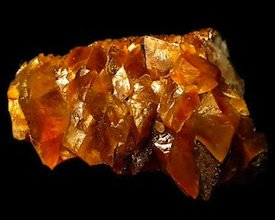 Calcium Carbonate, CaCO3 |
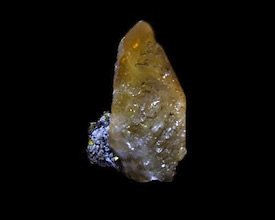 Calcium Carbonate, CaCO3 |
 |
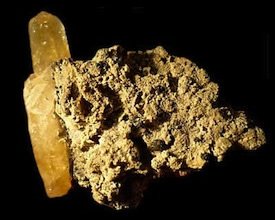 Calcium Carbonate, CaCO3 |
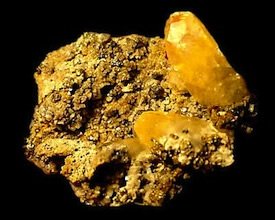 Calcium Carbonate, CaCO3 |
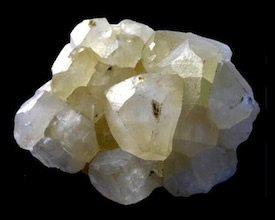 Calcium Carbonate, CaCO3 |
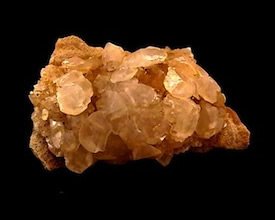 Calcium Carbonate, CaCO3 |
VI. Sulphates, Chromates, Tungstates and Molybdates
Sulphates form when metals combine with a sulphate group (SO4), comprising of sulphur and oxygen. Likewise with chromates (CrO4), tungstates (WO4) and molybdates (MoO4) – chromium, tungsten and molybdenum with oxygen.
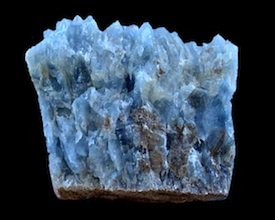 Barium Sulphate, BaSO4 |
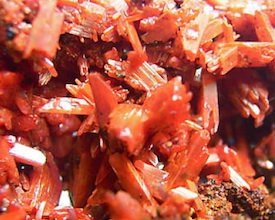 Lead Chromate, PbCrO4 |
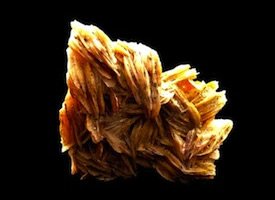 Barium Sulphate, BaSO4 |
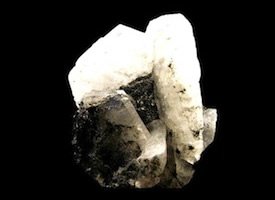 Barium Sulphate, BaSO4 |
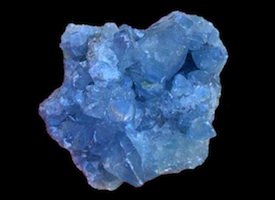 Strontium Sulphate, SrSO4 |
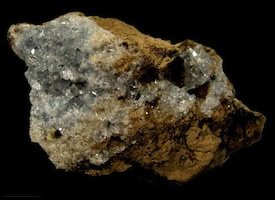 Strontium Sulphate, SrSO4 |
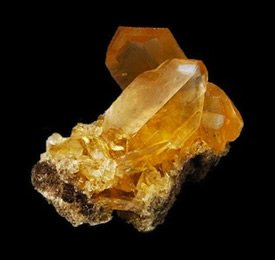 Calcium Sulphate, CaSO42·H20 |
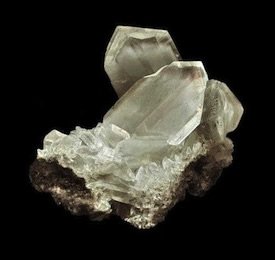 |
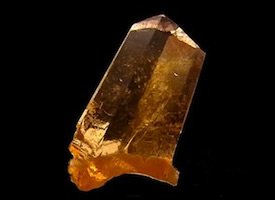 Calcium Sulphate, CaSO42·H2O |
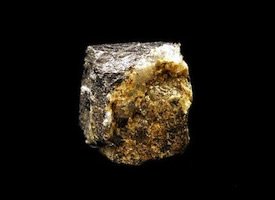 Manganese Tungstate, MnWO4 |
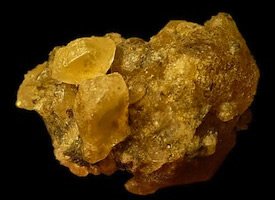 Sodium Potassium Sulphate, Na22K(SO4)9(CO3)2Cl |
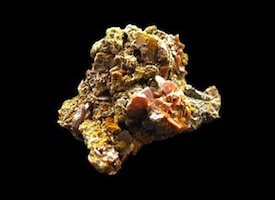 Lead Molybdate, PbMoO4 |
 Calcium Sulphate, CaSO42·H2O |
VII. Phosphates, Arsenates and Vanadates
Phosphates form when metals combine with a phosphate group (PO4), comprising of phosphorus and oxygen. Likewise with Arsenates (AsO4) and Vanadates (VO4) – arsenic and vanadium with oxygen.
 Phosphate minerals, Ca5(PO4)3(F,Cl,OH) |
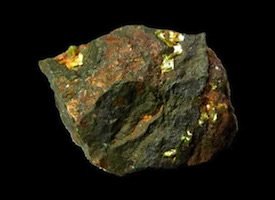 Phosphate minerals Cu(UO2)2(PO4)2·8-12H2O |
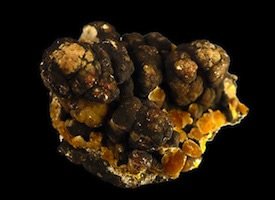 Lead Arsenate Chloride Pb5(AsO4)3Cl |
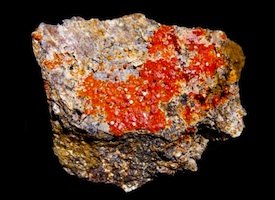 Lead Vanadate Chloride, Pb5(VO4)3Cl |
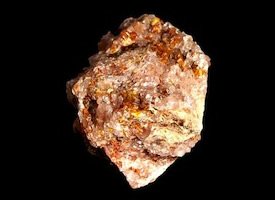 Lead Vanadate Chloride, Pb5(VO4)3Cl |
VIII. Silicates
Silicates are metals or non-metals which combine with a silicate group made up of silicon and oxygen in a tetrahedral structure. Silicates are the most common of all minerals – there are more silicates than all other minerals put together, and almost a third of all minerals are silicates. After all, they make up 90% of the Earth’s crust. It is no surprise that they also form the bulk of my collection:
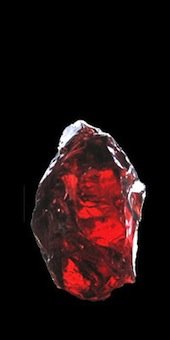 Nesosilicate, X3Y2(SiO4)3 |
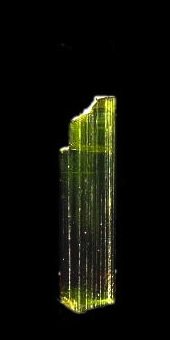 Cyclosilicate, (Al,Fe,Li,Mg,Mn)3(Al,Cr,Fe,V)6 (BO3)3(Si,Al,B)6O18(OH,F)4 |
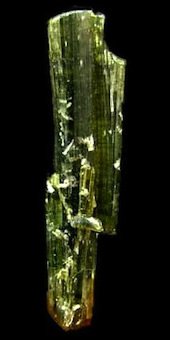 Cyclosilicate, (Al,Fe,Li,Mg,Mn)3(Al,Cr,Fe,V)6 (BO3)3(Si,Al,B)6O18(OH,F)4 |
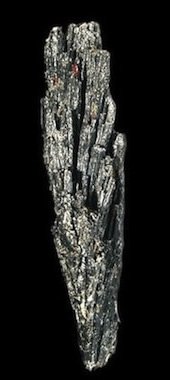 Aluminium Silicate, Al2SiO5 |
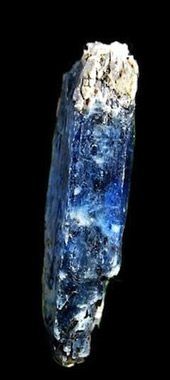 Aluminium Silicate, Al2SiO5 |
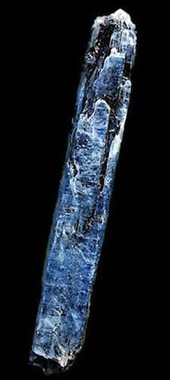 Aluminium Silicate, Al2SiO5 |
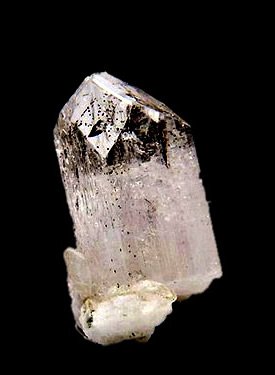 Calcium Boron Silicate, CaB2Si2O8 |
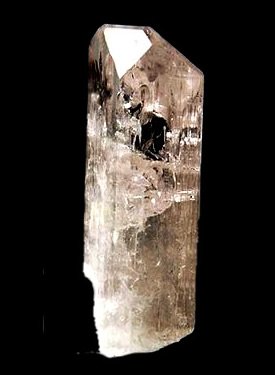 Calcium Boron Silicate, CaB2Si2O8 |
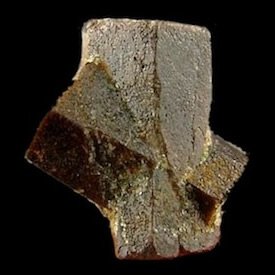 Iron Aluminium Silicate, Fe2Al9Si4O22(OH)2 |
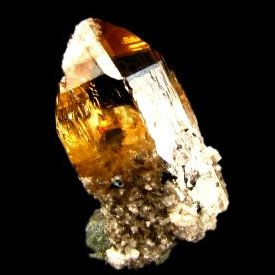 Silicate mineral of Aluminium and Fluorine, Al2SiO4(F,OH)2 |
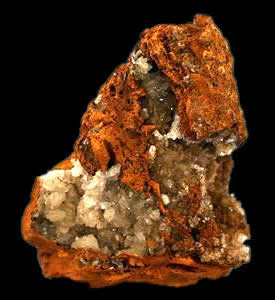 Zinc Silicate, Zn4Si2O7(OH)2·H2O |
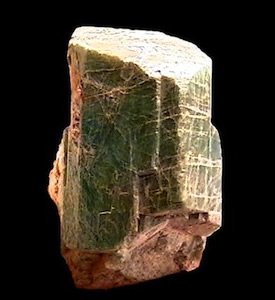 Potassium Aluminium Silicate, KAlSi3O8 |
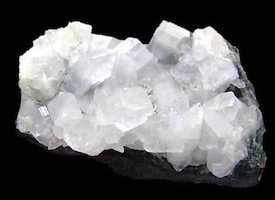 Phyllosilicate, KNaCA4Si8O20(F,OH)·8H2O |
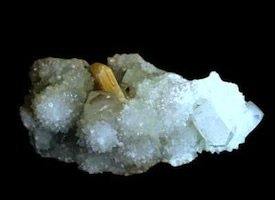 Phyllosilicate, KNaCA4Si8O20(F,OH)·8H2O |
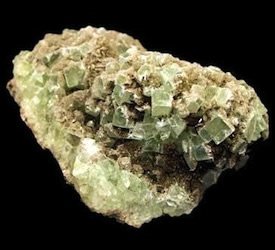 Phyllosilicate, KNaCA4Si8O20(F,OH)·8H2O |
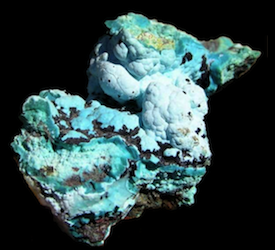 Hydrated Copper Cyclosilicate, Cu2-xAlx(H2-xSi2O5(OH)4·nH2O |
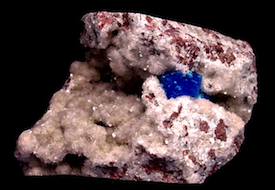 Calcium Vanadium Silicate, Ca(VO)Si4O10·4H2O |
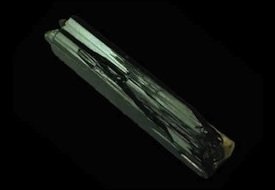 Sodium Iron Silicate, NaFe3+Si2O6 |
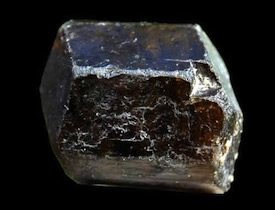 Cyclosilicate, Na(Mg3)Al6(Si6O18)(BO3)3(OH)3(OH) |
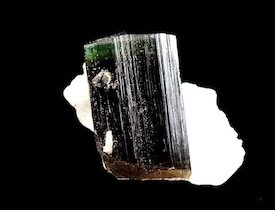 Sodium Lithium Aluminium Borosilicate, Na(Li1.5Al1.5)Al6Si6O18(BO3)3(OH)4 |
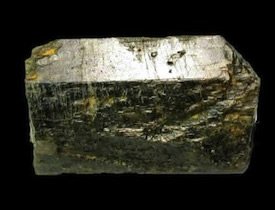 Sodium Calcium amphibole, Na(Ca,Na)Mg5Si8O22F2 |
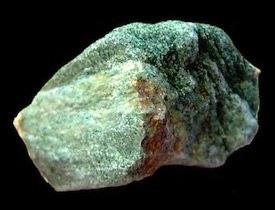 Phyllosilicate mineral K(Al,Cr)2(AlSi3O10)(OH)2 |
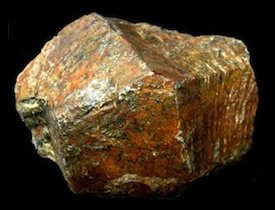 Nesosilicate, X3Y2(SiO4)3 |
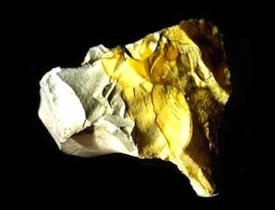 A variety of Chalcedony |
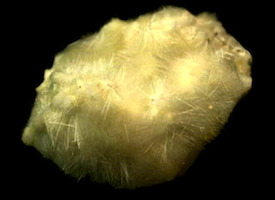 Tectosilicate Zeolite, Na2Ca2(Al2Si3O10)3·8H2O |
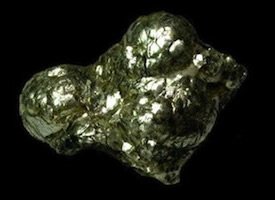 Phyllosilicate mineral of Potassium and Aluminium, KAl2(AlSi3O10)(F,OH)2 |
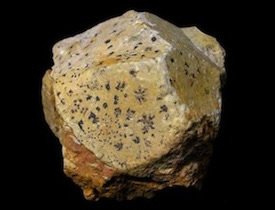 Psilomelane with orange Minium; Old Sherman Tunnel Mine, Lake County, Colorado, USA Potassium Aluminium Silicate, KAlSi3O8 |
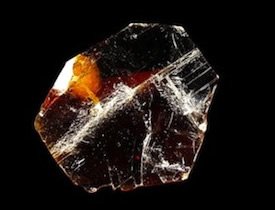 Phyllosilicate mineral, X2Y4-6Z8O20(OH,F)4 |
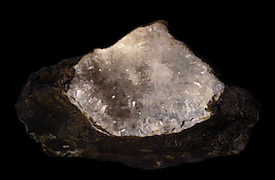 Hydrated Sodium Aluminium Silicate, Na2Al2Si3O10·2H2O |
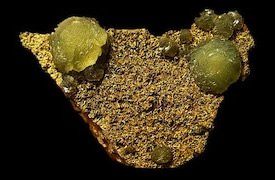 Inosilicate of Calcium and Aluminium, Ca2Al(AlSi3O10(OH)2 |
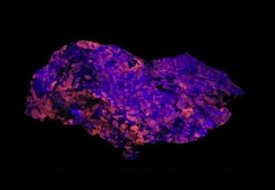 Tectosilicate mineral, Na8(Al6Si6O24)Cl2 |
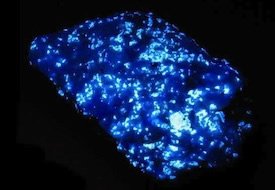 Pyroxene Silicate mineral, MgCaSi2O6 |
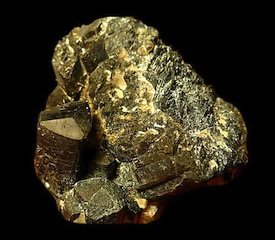 Cyclosilicate, (Al,Fe,Li,Mg,Mn)3(Al,Cr,Fe,V)6 (BO3)3(Si,Al,B)6O18(OH,F)4 |
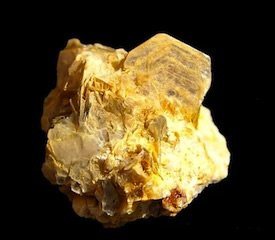 Phyllosilicate mineral of Potassium and Aluminium, KAl2(AlSi3O10)(F,OH)2 |
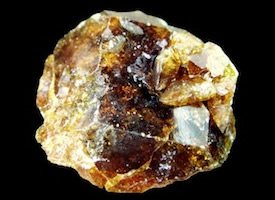 Sorosilicate mineral, Ca10(Mg,Fe)2Al4(SiO4)5(Si2O7)2(OH,F)4 |
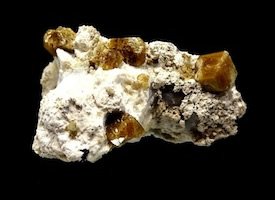 Sierra de la Cruz, Coahuila, Mexico Sorosilicate mineral, Ca10(Mg,Fe)2Al4(SiO4)5(Si2O7)2(OH,F)4 |
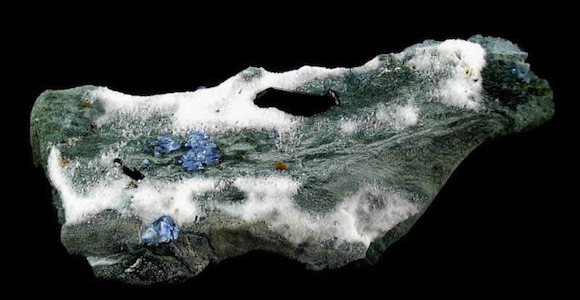 Barium Titanium Silicate, BaTiSi3O9 |
Benitoite crystals are rare and gem-quality ones come mainly from the San Benito Mine in California, where it gets its name from. Benitoite was named the Official State Gem of California in 1985. Seen above is a specimen with some small blue Benitoite crystals, amongst some dark Neptunite and yellow Joaquinite crystals.
The Quartz Family
Quartz, a form of silicon dioxide SiO2, actually falls in the Silicates group in the section above, but due to the diverse types of this mineral and the numerous quantities that I own (over 70 pieces to-date), Quartz crystals deserve a section of their own.
My collection currently consists of over 30 Clear Quartz crystal points and clusters, 15 Smoky Quartz crystals including Elestials, 5 Citrine points, 15 Amethysts, 9 Brandberg Amethysts, and some Rose Quartz and Spirit Quartz varieties. The various colours are due to impurities of other trace elements found in each of these crystals. I also use Quartz for metaphysical purposes.
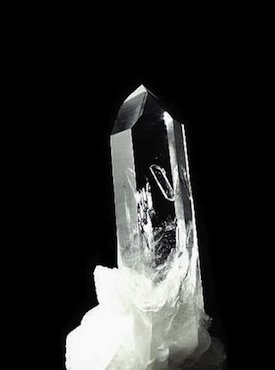 Silicon Dioxide, SiO2 |
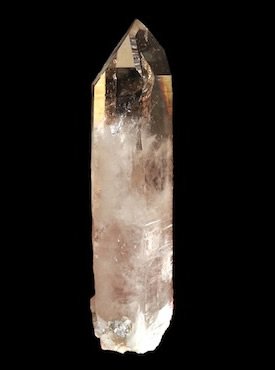 Silicon Dioxide, SiO2 |
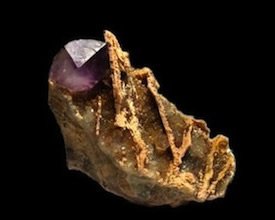 Silicon Dioxide, SiO2 |
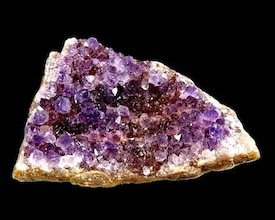 Silicon Dioxide, SiO2 |
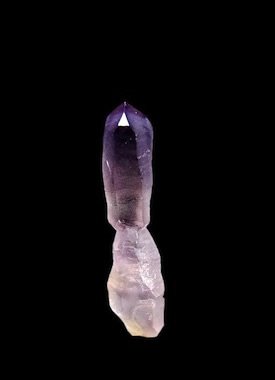 Silicon Dioxide, SiO2 |
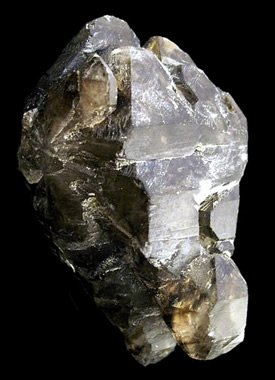 Silicon Dioxide, SiO2 |
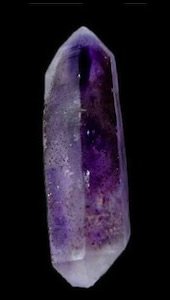 Silicon Dioxide, SiO2 |
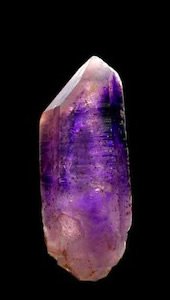 Silicon Dioxide, SiO2 |
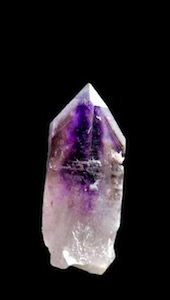 Silicon Dioxide, SiO2 |
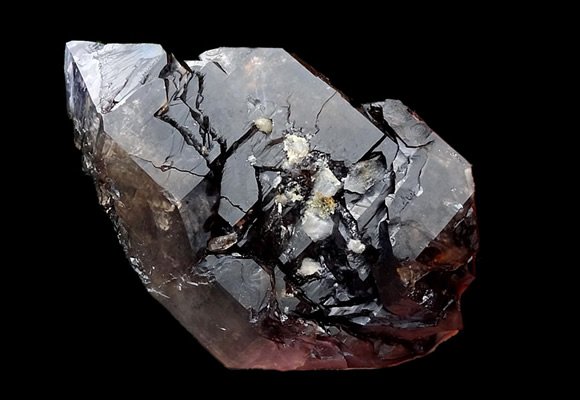 Silicon Dioxide, SiO2 |
IX. Organic Minerals
Organic Minerals are naturally occurring minerals formed directly or indirectly by living organisms.
Due to their organic nature, they are not always accepted as minerals. One such example is Amber, made from ancient tree sap (hence organic) which is often found with an insect perfectly preserved within. Remember how the DNA of dinosaurs was extracted from a mosquito in the movie Jurassic Park?
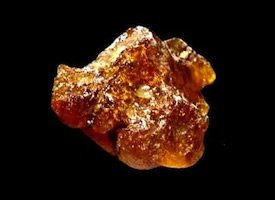 Mixture of Hydrocarbons |
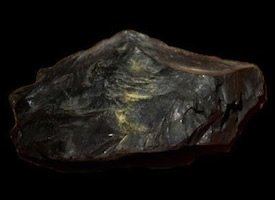 Lignite Coal, Hydrocarbon |
Fossils
Fossils? Are they even minerals? In a way, yes.
Fossils are the remains of animals or plants that are preserved in rocks. Fossils may be internal or external moulds, and in the case of most of those in my collection, are internal moulds such as Ammonites, which consist of calcium carbonate similar to the Aragonite in Section V above.
To-date, there are four Ammonites and one Trilobite in my collection of fossils. I hope to expand this collection in the near future.
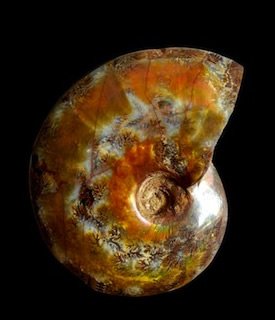 Mollusca > Cephalopoda > Ammonoidea |
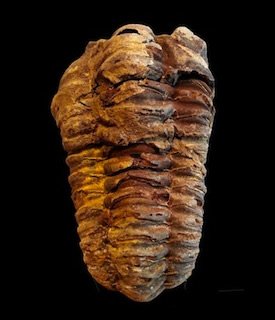 Flexicalymene ouzregui |
Conclusion
There are other interesting specimens in my collection that have not been included above, including a light blue Beryl amongst Mica from Brazil and two large pieces of glassy Obsidian, one with red Hematite inclusions. These are currently kept in a container, and I have not had a chance to photograph them.
I find mineral collecting to be a very fascinating and rewarding hobby. Looking at transparent crystals while reflecting on how these wonders of nature were formed over millions of years can quickly take anxiety and stress off one’s mind, and it is in these crystals that I often seek solace.
Knowing that some of the crystals and minerals which come from well-known mines from around the world, some typical to only one region on the globe, and others so rare they are seldom found listed in encyclopaedia, which now sits on my shelf brings value and meaning to this pastime and collection.
It is also an interesting way to learn about other parts of the world, and how religions of the past were influenced in a significant way by crystals such as those presented above. After all, how often do you find the subjects of chemistry, biology, physics, geography and history (and maybe even anthropology) all rolled into one hobby?
I have also completed a collection of minerals which fall in the Mohs Scale of Hardness. Click here to see the article and sample specimens.
Meanwhile, do tell me in the comments section below which of the crystals and minerals above appeal to you!
UPDATES:
20.05.2014
The Devon Buy Crystal and Mineral Collection is listed in www.minerant.org as the first entry under the country Malaysia.
21.05.2014
Join the Crystal and Mineral Collectors of the World on Facebook! Click the banner below:
N.B. All photographs of crystals and minerals appearing on this site are the property of Devon Buy and www.devonbuy.com. They shall not be scanned, downloaded or reproduced in any way without prior consent from www.devonbuy.com. For enquiries, purchase and use of any of these photographs in magazines, journals, periodicals and reference materials, kindly contact me.


Most are very good but some of the very stone-looking ones in the middle a bit boring-la. Great collection on the whole. I was also something like you – in search for the ‘source’ of things when young. Crystals lead us to the source of desire and power, ambition, even love etc.
lovely! love the green tourmaline as well as the blue kyanite. so when are we going to be invited to view the REAL stuffs?
That’s a very comprehensive article!
not bad … mine more interesting : http://kilangkotak.blogspot.com/2014/05/crystal-and-mineral-not-water-collection.html
Wow, you can open a museum already. Very impressive the amount of knowledge and research that goes into this. Superb photography too of the specimens !
hi, those interested in buying a huge smoky quartz weigh 1.1 kg with water bubles inside it please contact me at madi_hashim@yahoo. com. Originally dig from malaysia soil.